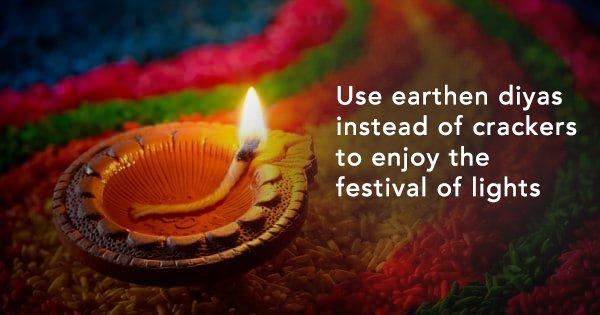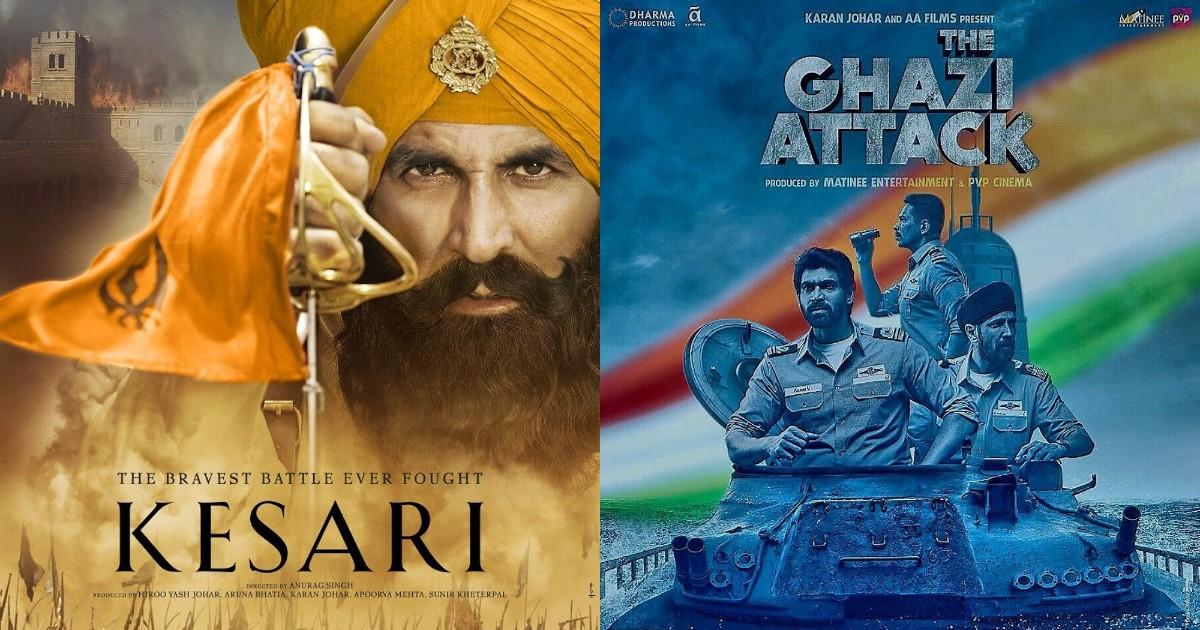Today marks the sixth day after Diwali and the first day of the four-day Bihari festival — Chhath Puja!
For Biharis, Chhath Puja isn’t just a festival, it’s life. This is the festival that makes them leave everything that is going on in their lives and head straight home, no matter which part of the country they stay in. Back to the place where they belong.
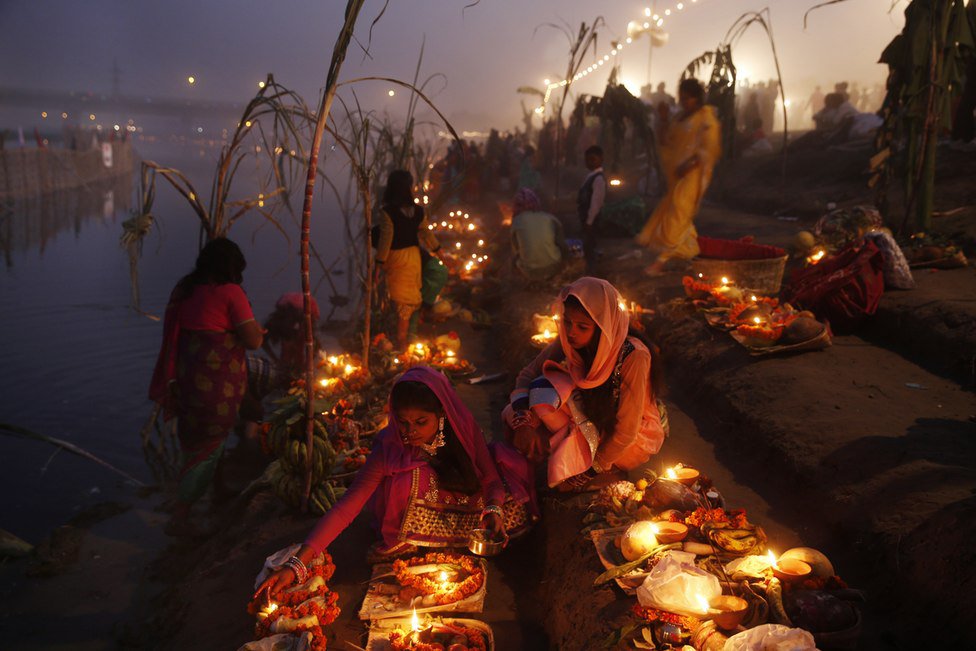
And Bihar, on the other hand, stands tall in all its shimmering glory. The roads are wiped clean and the ghats spruced up. It’s as if the state of Bihar has an Instagram filter on it as people flock in to observe their most important festival of the year today — an ancient one dedicated to the Sun God for a period of four days.
“Sir, I want to go home for Chhath Puja, not Diwali.”
This is true for every Bihari across India and even abroad. Whether it’s a student or a teacher, a scientist or a vegetable seller — they make it a point to go home for Chhath Puja. Biharis are massively dedicated to this festival of theirs. This feeling could be understood better by throwing light on the fact that during Chhath, all the trains coming from Mumbai, Delhi and the other states of India heading towards Bihar and UP are very crowded. In fact, the government also has to run special trains for people heading to these states.
This festival, which originated in Bihar, has now spread out globally. It is celebrated in different parts of the country including Uttar Pradesh, Madhya Pradesh, Bengaluru and some parts of Nepal. However, it still continues to be closely associated with Bihar. Today, where there is a Bihari, there is Chhath.
There are diverse stories on why Chhath puja is celebrated. In the Mahabharata, there is a poem where Draupadi and the Pandavas, rulers of Indraprastha (modern Delhi), are depicted observing rituals similar to Chhath puja on the advice of noble sage Dhaumya. Through Draupadi’s worship to the Sun God, she was not only able to solve her immediate problems, but also helped the Pandavas reclaim their lost kingdom.
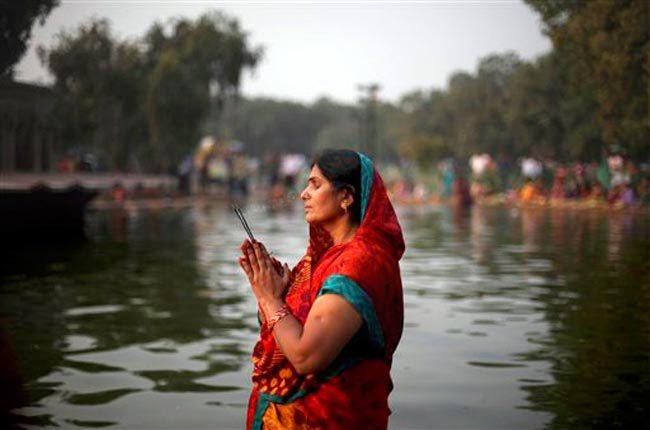
Scientific history tells the tale of rishis who could stay without consuming any food and gain energy directly from the sun’s rays using the Chhath method. There is also a belief that Lord Rama and Sita had fasted and offered puja to the Lord Sun during their coronation after returning to Ayodhya after 14 years of exile. From that time, Chhath puja became a significant and traditional festival in the Hindu religion.
Whatever the history may be, Chhath still remains close to every Bihari’s heart.
The first day called ‘nahan khan’ or ‘nahai khai’ is when all the worshippers can be found at the river ghats taking a dip early in the morning and carry water from the same water body. This water is then used in the preparation of the prasad or the holy offerings to the Sun God. The worshippers, on the other hand, clean their houses and surroundings and eat only one meal in a day.
On the second day, women of the house observe a fast for the entire day and end it only after sunset. This is called ‘lohanda’. This day marks the beginning of a 36-hour tough fast which doesn’t even allow them to take a sip of water.
On the day of Chhath — the third day — there are gigantic preparations of the holy prasad and everyone flocks to the river ghats to take a dip in the evenings to worship the Sun God and Chhathi Maiyya. Women of the house are accompanied by all the family members to offer ‘sandhya arghya’ (evening offerings) to the setting sun. This is paired with everyone singing folk songs in the background.
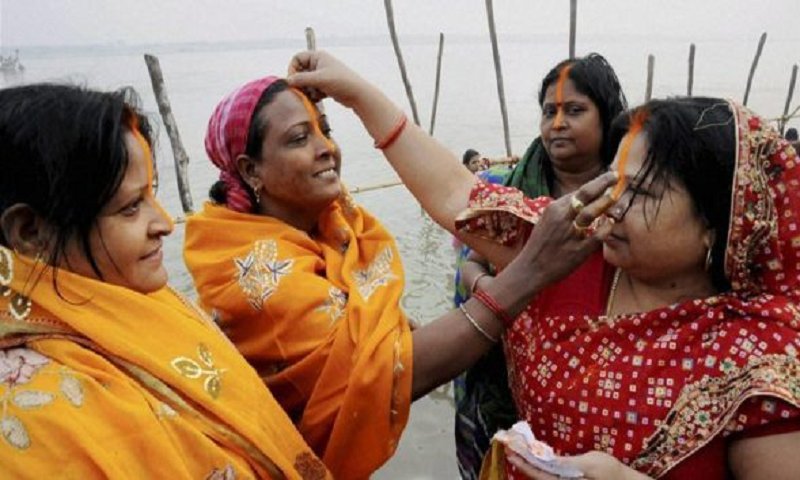
The fourth and the final day observes worshippers gathered around the same water body in the morning and offering ‘Usha arghya’ (morning offerings) to the rising sun. The end of this puja marks the end of the fast. Everyone comes together to have the prasad. It is indeed the time when the family bonds and feels rooted more than ever. A beautiful feeling indeed. But what stands out is the kheer and the thekua that both Biharis and non-Biharis enjoy the best.

These old rituals keep this generation of Biharis feeling more connected to their land and people. The simplicity and traditions of this festival make it even brighter.
Like I said before, for a Bihari, Chhath isn’t merely a festival, it is life!





